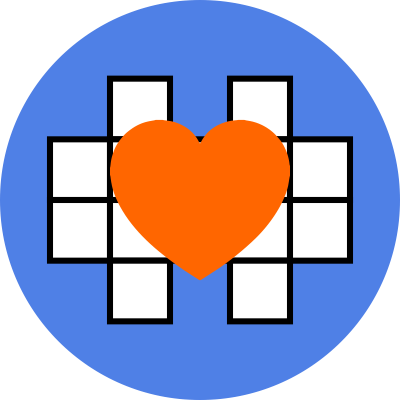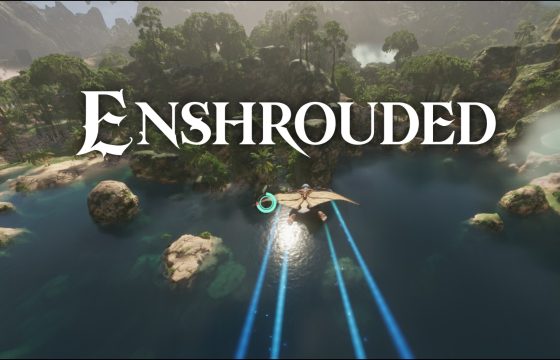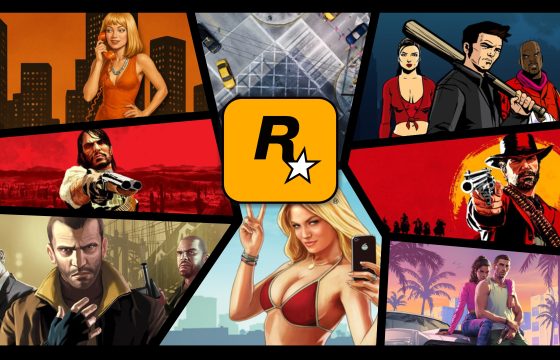Ubisoft gives Evil Empire the development of this 2D action roguelite. The prince has to defend his land from the attack of the Huns.
Talking about the Prince of Persia franchise is never easy. A video game that represents the history of the medium itself and which has experienced multiple youths over the decades. Talking about all the titles and portings would almost require a degree thesis, so for convenience we will divide the saga into two large strands. The first three classic Prince of Persia and those after the acquisition by Ubisoft.
The first chapter born from the mind of Jordan Mechner in 1989 was initially produced by Brøderbund. An innovative gameplay, cutting-edge animations for its era and most of all, an hourglass that marks the time at our disposal. In addition to the traps, the challenging platforming, and the melee combat, we had to complete the game within 60 minutes, otherwise it was game over.
From the great success was born a sequel Prince of Persia 2: The Shadow and the Flame (1993) and the unfortunate Prince of Persia 3D (1999). The latter title was a flop due to the technical problems and bugs present in the game. The situation was so serious that the franchise was closed, allowing the subsequent acquisition by Ubisoft.
Prince of Persia Rebirth
The acquisition by Ubisoft relaunches the prince in a new light. A complete graphic and narrative restyling that led to the Sands of Time saga. In addition to a third-person and 3D game, the graphics were remarkable for the time (2003) and the gameplay ideas that are still used. The mechanics of wall running, the possibility of rewinding time and the complex but spectacular and satisfying combat system. In short, an incredible leap forward in both platforming and combat.
After these titles the saga suffered a further stop. Especially after the announcement of the remake of the first title during the Ubisoft Forward on 10 September 2020: Prince of Persia: The Sands of Time. A trailer that has aroused many doubts and concerns among fans due to the questionable technical and animation realization. This led Ubisoft to postpone the title to a later date.
Fortunately, 2024 saw two good titles that go beyond the previous saga but that bring a breath of fresh air: Prince of Persia: The Lost Crown and The Rogue Prince of Persia.
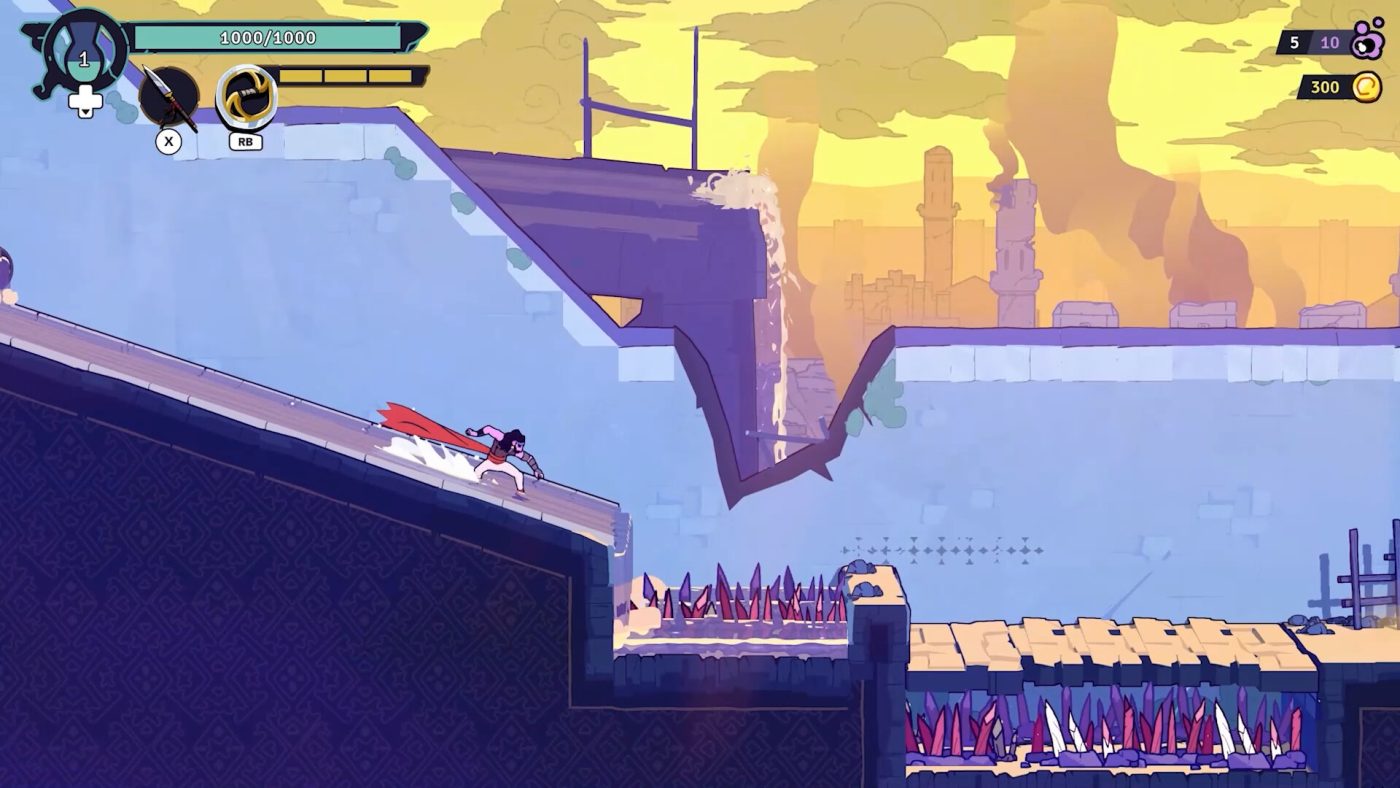


Evil Empire Renews Prince of Persia
Evil Empire are known for the excellent Dead Cells, and from the latter they set the foundations for The Rogue Prince of Persia.
First of all, I would like to point out that the game was released in early access and is constantly updated and enriched thanks to feedback from the community. Anyone who has played Dead Cells will feel at home and will find many similarities in gameplay and mechanics.
Let’s start by saying that The Rogue Prince of Persia is a 2D action roguelite with a strong platforming and combat component. Each biome is procedurally generated as are the chests, rooms and objects found within.
The developers took a lot from the moveset created by Ubisoft. In addition to the classic jump and dash, the prince has the ability to run along walls and climb on supports positioned both horizontally and vertically. Furthermore, if the dodge is done with the right timing during an enemy attack, the prince performs a pirouette over his opponents so he can counterattack. We start with a main weapon and a secondary weapon, which can be upgraded or acquired in game based on what is found in the biomes. The secondary weapon has an energy cost, therefore a limited number of uses that are recharged by fighting. The prince also has a kick attack, used to stun enemies and break “armor”. In fact, some opponents will have armor that can be completely eliminated by kicking one opponent towards another or kicking objects at them.
Being still in early access we don’t know if the prince will have other abilities, I’m sure the surprises are not over yet.
Level Design and Aesthetics
If The Rogue Prince of Persia is similar in many respects to Dead Cells, it differs in terms of aesthetics. No pixel art but a more cartoonish and stylized artistic direction which is always well-finished. Bold and almost never faded colors still make for an excellent effect and a good look. Unfortunately, this style can sometimes create problems during more crowded battles where enemies tend to get confused.
The biomes themselves (there are 7 so far) are well characterized and focus heavily on challenging platforming and a large number of traps and environmental dangers. Biomes often have a gimmick to be overcome (look for levers or unlock mechanisms). The others, however, usually have two exits for the subsequent ones. The choice to focus on platforming can also be seen from special rooms indicated in red. Entering there means overcoming a complex and punishing platform-only phase, even if generous in rewards.
In The Rogue Prince of Persia the character lives in a time loop where the Huns, thanks to dark magic, put the city under siege. With each death we find ourselves back in time to days before the siege, sitting in a camp. Despite everything we keep the memories of the previous runs which are saved in a mental map. A sort of mind diagram that will fill in as we discover clues in the story. This will allow us to choose the best paths to progress through the adventure.
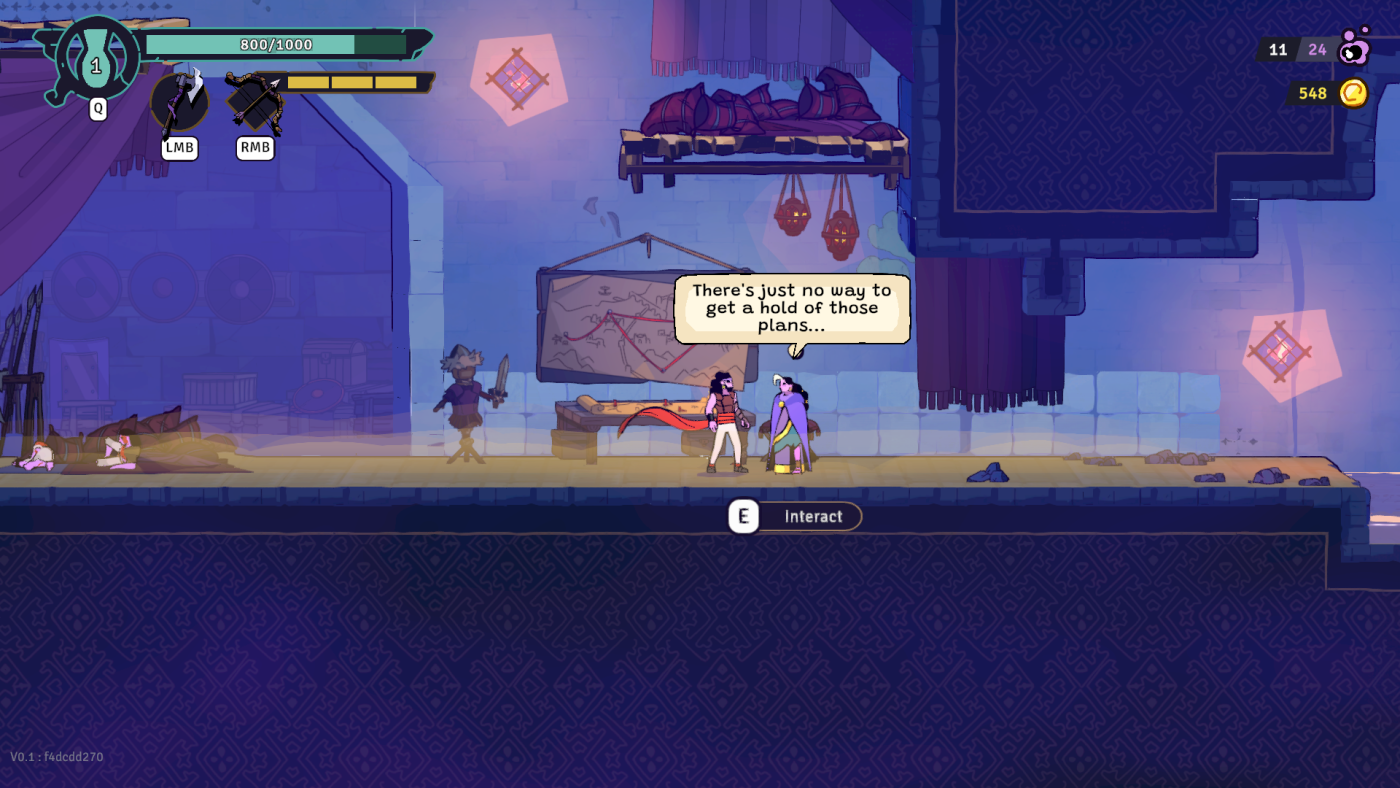
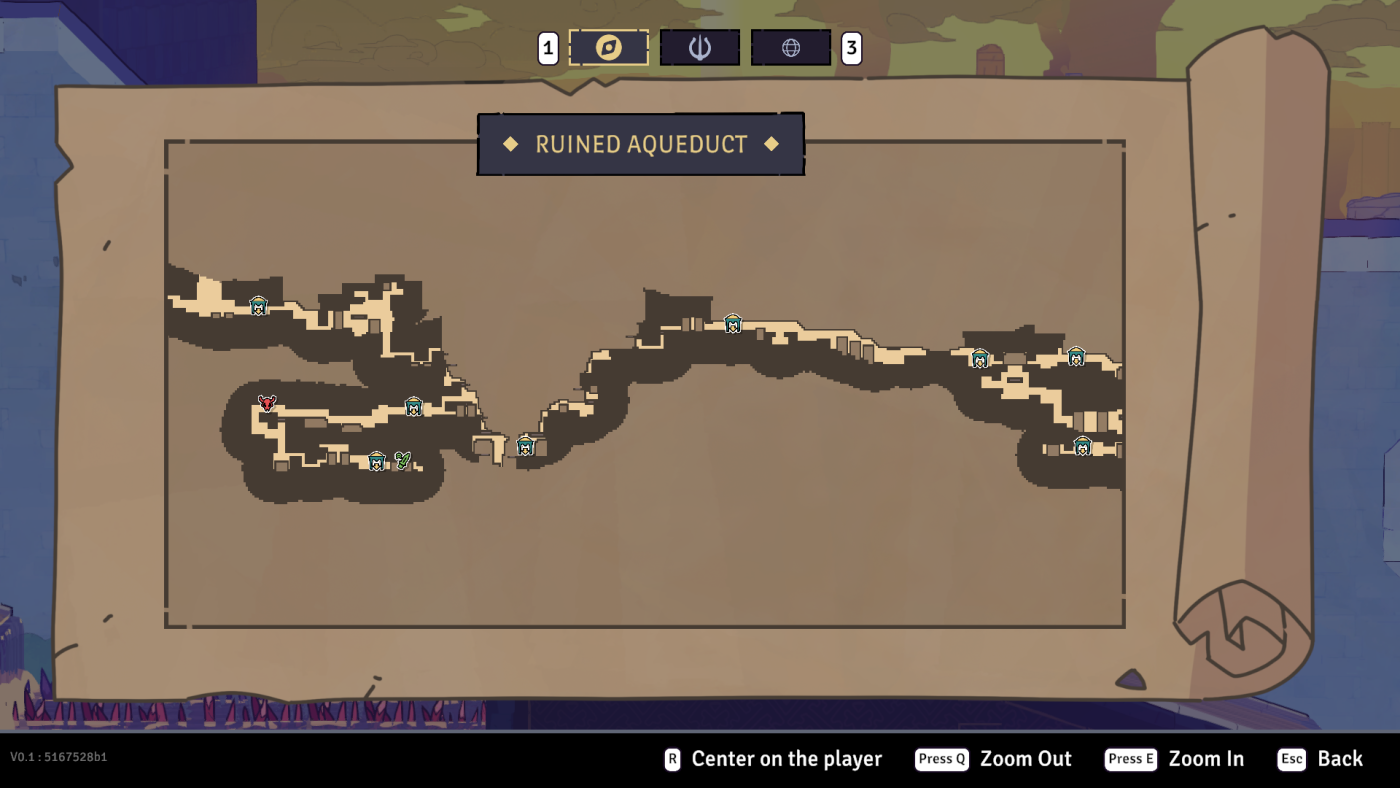
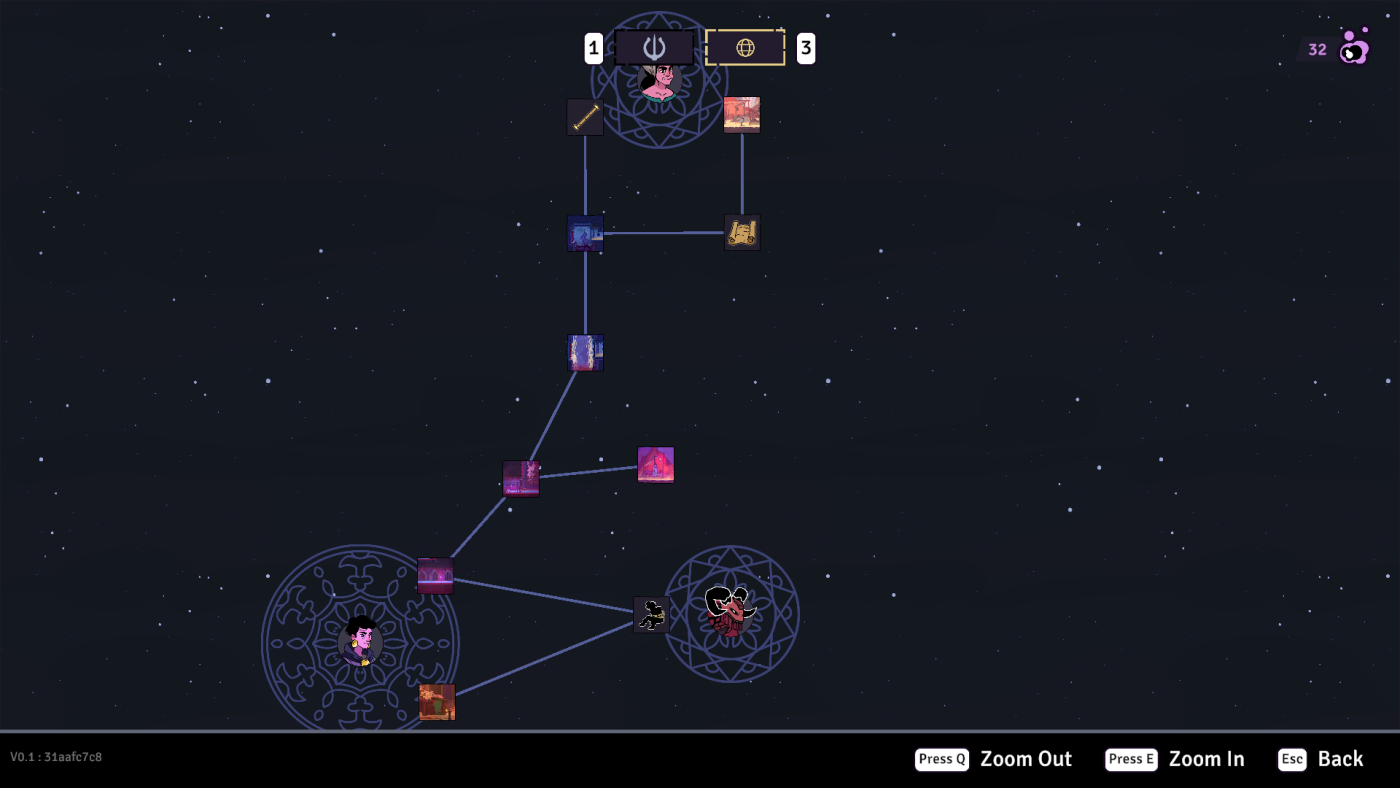
Mechanics and Upgrades
The time loop idea translates into the game with the loss of all the upgrades. Accessory weapons and game currency that we collected during the run.
But let’s go in order and start from the in-game currencies. We have the coins that can only be spent during the game and then the Spirit Glimmers. These are used in the camp to upgrade the character, unlock new weapons and medallions through specific NPCs. However, in order to maintain them we must deposit them in a kind of altar. Dying without having deposited them means losing them permanently.
Speaking of weapons, you always start the run with the two daggers and the bow as a secondary weapon. By unlocking weapons in the camp we have the possibility of finding them in game. Furthermore, during the run we can find special projects or weapons whose acquisition automatically unlocks its counterpart.
Our build is created, in addition to the combination of primary and secondary weapons, with medallions. The character has four slots available. Each medallion has enhancement conditions based on the chosen slot and proximity to the others. If you respect the conditions for placing the medallion, you can obtain upgrades and unlock more abilities. It will be up to the player to decide which medallion to upgrade. Medallions focus primarily on status and elemental damage to be inflicted once certain conditions are met. There are also bonuses to healing and energy recovery of secondary weapons, as well as bonuses to destroying enemy armor.
They too can be unlocked in the camp by paying Spirit Glimmers.
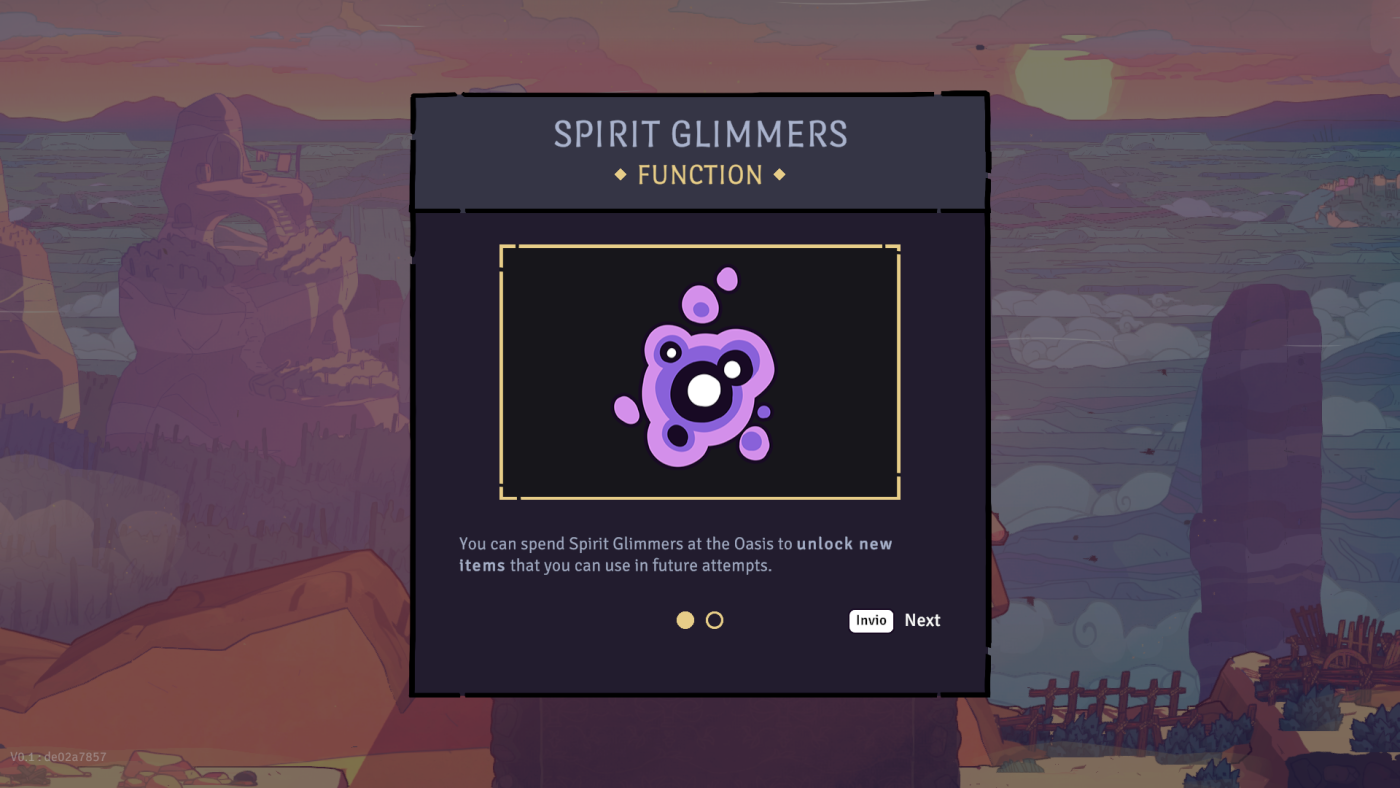
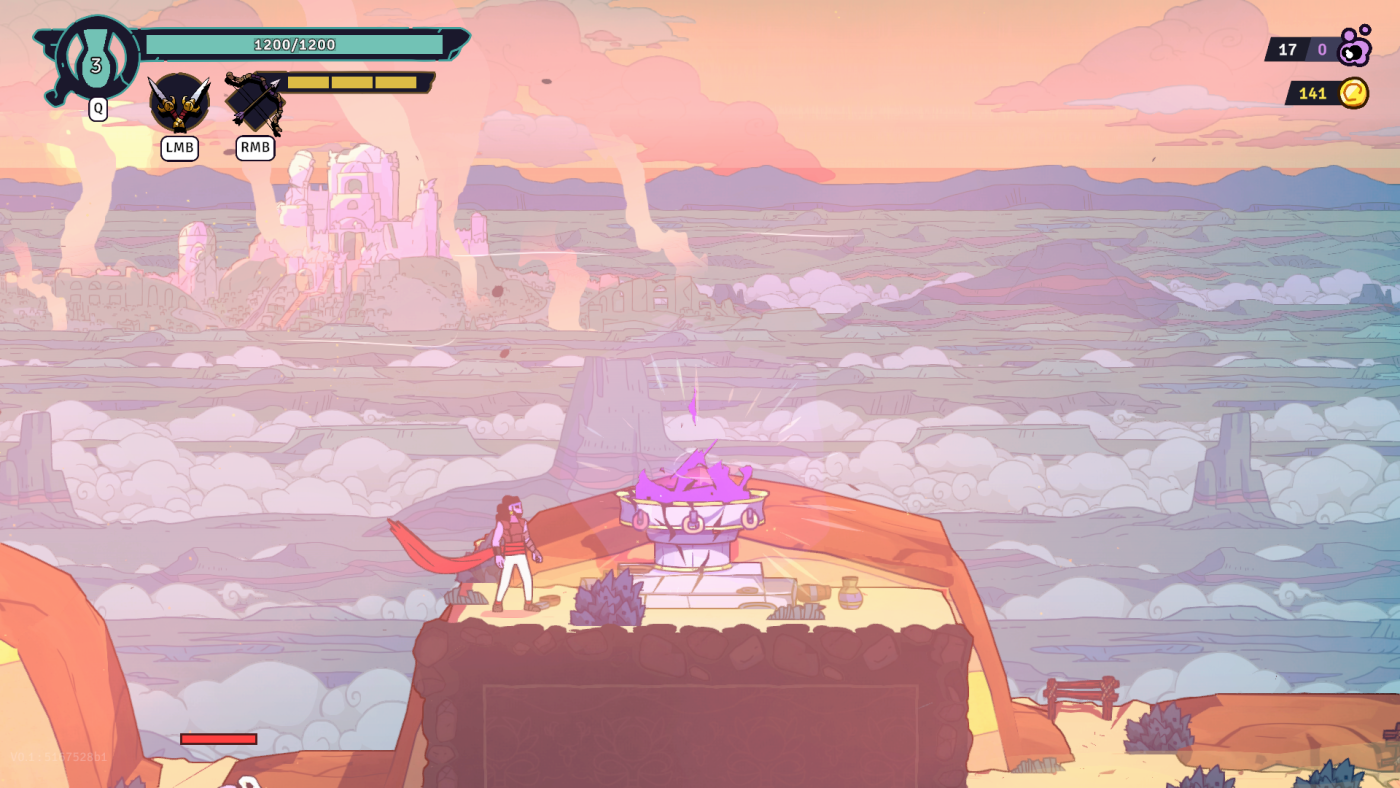

My Two Cents
The Rogue Prince of Persia is certainly a promising title that fits into a fairly saturated market of the genre. Obviously knowing that Evil Empire is constantly working on the title gives security regarding its future. For now a run is made of two biomes plus boss fights and another two plus boss fights. Although fun there is still too little material.
We still need to work on general optimization. The two boss fights present are good, challenging and involve not only combat but also platforming skills. There is a need to clean up some battles as with so many enemies everything tends to be a bit confusing. Furthermore, the character’s tendency to arbitrarily attach himself to supports and walls during some battles can cause us to take free damage.
Net of this, the foundations are really solid and if supported constantly we can really have the spiritual heir of Dead Cells in front of us.
In short, is it worth trying The Rogue Prince of Persia? I say yes, if you are passionate about the genre. To those who are curious, I would say to be aware that you have an early access product that is updated with a certain consistency.
However, I recommend that you trust him and maybe you will even have a nice surprise.
